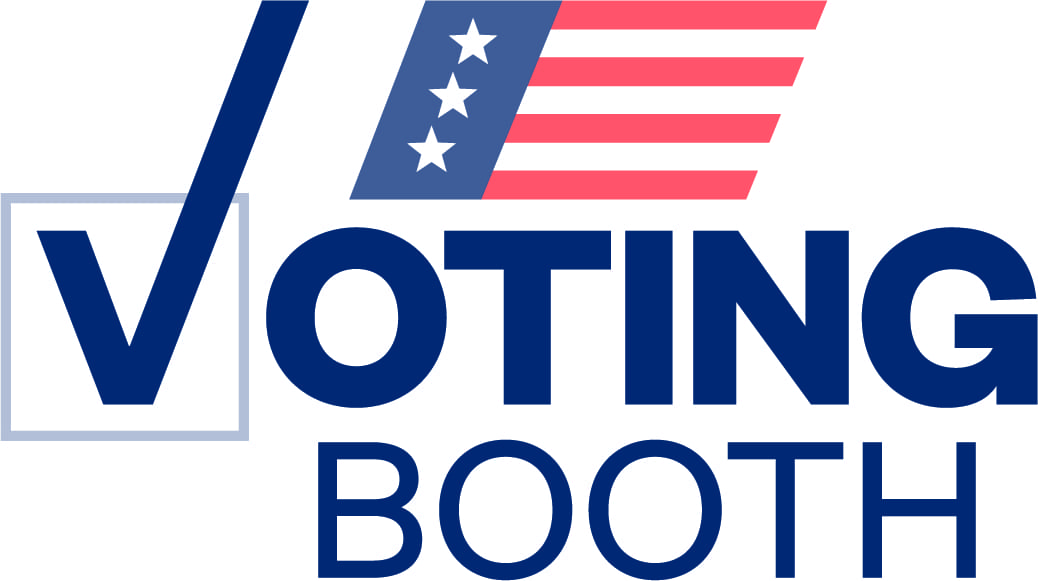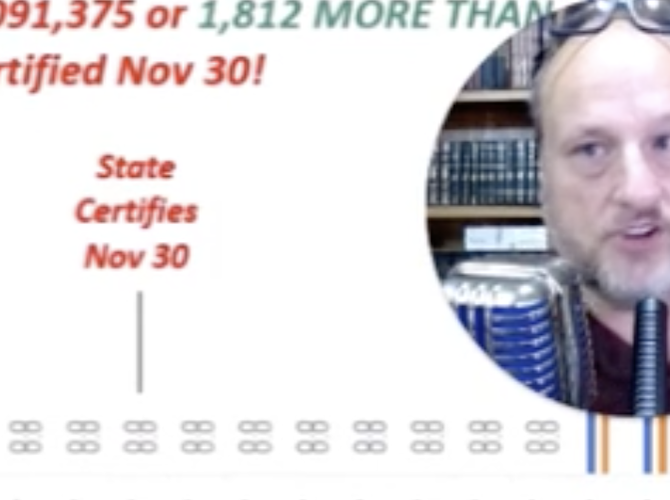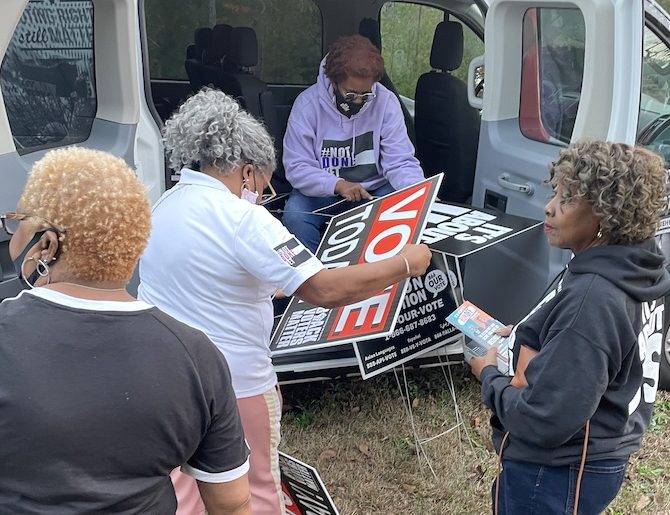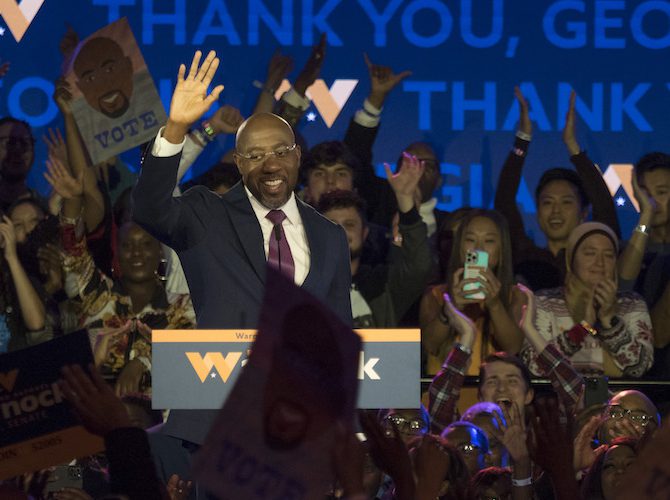Could Voter Guides Break Through 2022’s Partisan Noise?
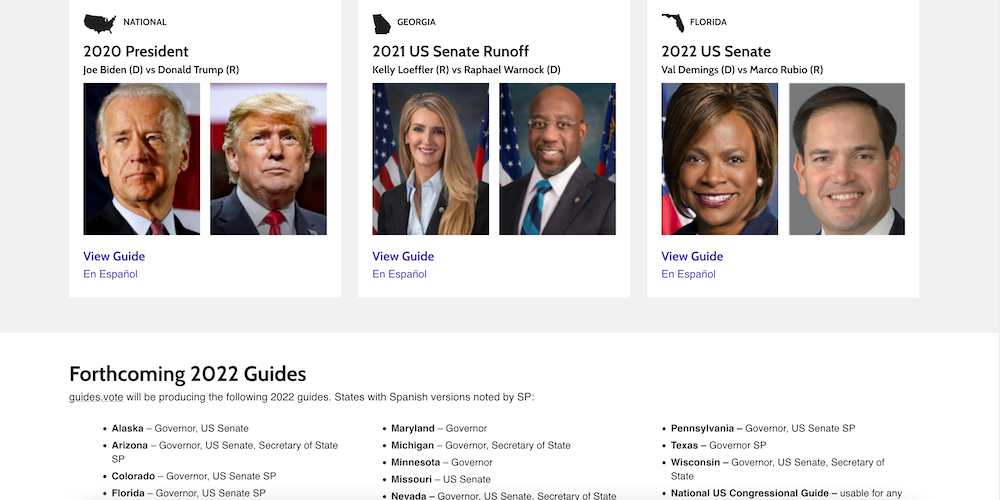
(Guide.vote’s developing 2022 voter guide portal, via Guides.Vote)
For many years, Paul Loeb has been involved in civic participation efforts as an author, campus speaker and founder of a nonpartisan project to get students to vote. Recently, he’s been serving as an adviser to guides.vote, a nonpartisan, nonprofit project that creates candidate guides for major elections across the United States. The same independent editorial team that created the materials for Loeb’s campus project is running guides.vote. Voting Booth’s Steven Rosenfeld spoke to Loeb about what 2022’s midterm voters seek in candidate guides, and what messages and messengers break through today’s partisan noise.
Steven Rosenfeld: You’re involved with a team that is creating voter guides on 30 states for the 2022 midterms. What do you think voters need in our current environment, and how do you view the work of this particular project?
Paul Loeb: Yes, I’m helping the guides.vote people, serving as an adviser. One of the things that’s hard is that people don’t trust the candidates. They don’t trust the ads and don’t trust their handlers. So, they often put themselves in a box where they don’t know who to vote for, and particularly in a non-presidential year. They don’t know that much. And they don’t have time to research it. The guides allow them to get past a hesitation that says, “They’re all the same. There’s really no significant difference between them.”
The guides allow you to understand that there are actual differences, significant ones, in fact, in the stands different candidates take, and they will be in positions to implement those differences. Then it’s up to the person reading the guides to say, “Okay, well, here’s where I align with their stands.” The guides give voters a credible way to go beyond the character attacks that are part of the political landscape, but which often obscure rather than reveal what a candidate would actually do as a senator or governor or congressional representative.
SR: These guides are very succinct. Basically, a sentence or two on a dozen or so topics. No more than 25 or 30 words. What’s the strength of this approach?
PL: One of the things that makes them accessible is there’s a quick summary and then you click and see a quote from a given candidate or a link to a bill that they voted on. Readers can then look back at the source to get more perspective and confirm that the summary is an accurate representation. It’s easy to do that. It is a way of grounding credibly, what’s summarized as opposed to, “Hey, this is what we think.”
You can do a guide that just recaps what a candidate says on their website, but that approach excludes so much of who they are and their impact. If they’ve held office, or if they’ve voted on key issues. That’s tangible and important information. If they’ve been governor, and they’ve signed or vetoed a bill, that’s also tangible information. There may be things that a candidate says in a primary that they don’t put front and center in the general election but are still a very important part of who they are.
Putting this kind of information out not only helps people decide [who to vote for] but it also plays a really big role in helping them decide whether to vote at all. Because one of the big barriers is people saying, “I don’t trust any of these sources.” “I don’t have time to research it myself.” So, therefore, “I’m staying home.” I think that guides like these are really important antidotes to this, because they contribute to greater participation, even beyond helping somebody who’s already decided to vote to make up their mind between candidate A and B. Though, of course, that’s also really important.
SR: These guides are mostly for statewide races: governor, U.S. senator and secretary of state. In its previous incarnation, the guides.vote team produced guides distributed by hundreds of campuses and many nonprofits and businesses. Do the mix of issues change with different partners and their constituencies?
PL: The team does a lot of research and covers a lot of ground. What we’ve said and what we did under the auspices of our previous organizationis let a group use fewer of our questions if they wanted, and say, to post on their website, “Here’s 10 questions from guides.vote.” Or they can do that in a handout. But they can’t change any questions or change any answers. So, if a group decides, “These three questions are not as relevant to our audience, but the other ones are relevant,” they can still use the guides and say they’re from guides.vote. There’s flexibility if groups want to do something different than just linking to the guides.vote site, for instance, if they’re creating a handout with limited room. So, that’s one way to have that flexibility for groups.
SR: What’s the most effective way to deliver this information? For example, I have heard that sometimes it’s not enough to tell someone just to go to a website. Some people prefer texts. Others need to talk face-to-face and read handouts afterward. Has this changed in 2022?
PL: The 2020 election actually changed a lot because of COVID. A lot of face-to-face interactions that would have happened in previous years didn’t happen. People relied much more on online technologies. Different people receive and like information through different channels. There are desktop or laptop people, app people, social media people, and people who still like to read things in print, say, when a group hands out guides as fliers.
The team has suggestions for partners on how they can distribute the guides. Most seem to have a fairly clear idea like, “Okay, we’re going to send out some follow-up materials after registration drives and we can point to your guides in the text, or we’ll push this on social media as long as you can give us some good quality images”—which the project can. Or “we are thinking of doing a field canvass and we’d like to print some copies to hand out.”
It’s really up to the groups how they want to distribute them. But one advantage is that they are trusted messengers. You’ll respond better getting materials from a group you know and trust than encountering the same material completely cold, like an ad on a social media page. Guides.vote is hoping to provide some mini-grants for schools and community groups, so if they want to physically hand out a bunch of guides as fliers but don’t have the budget, or want to hang a blown-up banner of the guide at their student union or in the classroom, they can.
SR: I’m looking at your list of the project’s partners in addition to the roughly 400 campuses who’ve distributed the guides in previous versions and new ones who’ve joined you. It’s quite a mix. Some are grassroots groups. Some are professional organizations. Some are nonprofits that work in the electronic back end of get-out-the-vote and voter-contact operations. Do you have any sense of what this project’s audience or reach will be this fall?
PL: It’s not clear at this point, but a lot of groups are signing on. It’s interesting. The project has a guide to disinformation that’s updated from an earlier version. LULAC [the League of United Latin American Citizens], the oldest Hispanic membership group in the country, is one of the groups that will be distributing the guides and they said that disinformation is so rife that having something credible is really, really valuable. They asked us if we could create a QR code for the guides that they can give out to other groups when they have their convention. That’s an example of how one group is responding.
SR: I’m looking at the Florida U.S. Senate guide. There are a lot of issues: climate change, abortion, critical race theory, guns and was Biden legitimately elected. Are there certain kinds of issues or information that you would like to include but don’t—for whatever reason?
PL: There’s a trade-off with space. If you took more space, you could do more but then people probably wouldn’t read it because it would be too long. That’s a trade-off that’s not about any particular issue.
The area that the team has chosen to not take on is when there’s a scandal of some kind. Of course, scandals get defined differently by different people. But the project avoids addressing scandals. You just can’t do justice to them in a four-line summary. It’s also hard to find a source that would be considered neutral by both sides. And, ultimately, most of the scandals are minefields of who said or did what, and whether [or not] the allegations are credible. The project isn’t in a position to determine that. So, the response in that case is to simply not include those kinds of issues.
SR: I keep hearing, on the left and right, that voters are discouraged, which means harder to turn out. Is 2022 really worse than the recent elections?
PL: It’s an interesting question. Campuses aren’t our sole audience, but the campus vote was 19 percent in 2014. And more than doubled to 41 percent in 2018. That’s a huge difference. Which one will it be in 2022? Will we build on 2020’s high turnout? Or revert to [voting] more like 2014?
My sense is there’s something of a sour political mood. From polling across political lines, people feel like things are a mess. They don’t think they’re necessarily getting better. So, it makes it harder for folks to decide, “Okay, I’m going to go to the polls,” because it’s easy to feel like, “What’s the value?” But political cynicism is always present.
We think the prevalence of that mood makes the guides more important. The hope would be, and this has been borne out by the feedback the team has gotten in the past, is that people will say, “I’m not sure it will make a difference, but it does seem like the candidates and parties have really different positions and are going in really different directions. So, yes, it’s worth voting, since not voting has allowed the kinds of things I don’t like to happen, and voting might bring about some of what I want.”

